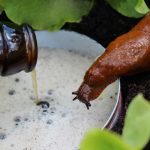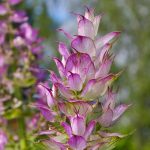Having a jam and jelly garden in your backyard can provide the fruits and berries you need to make homemade jam and jelly.
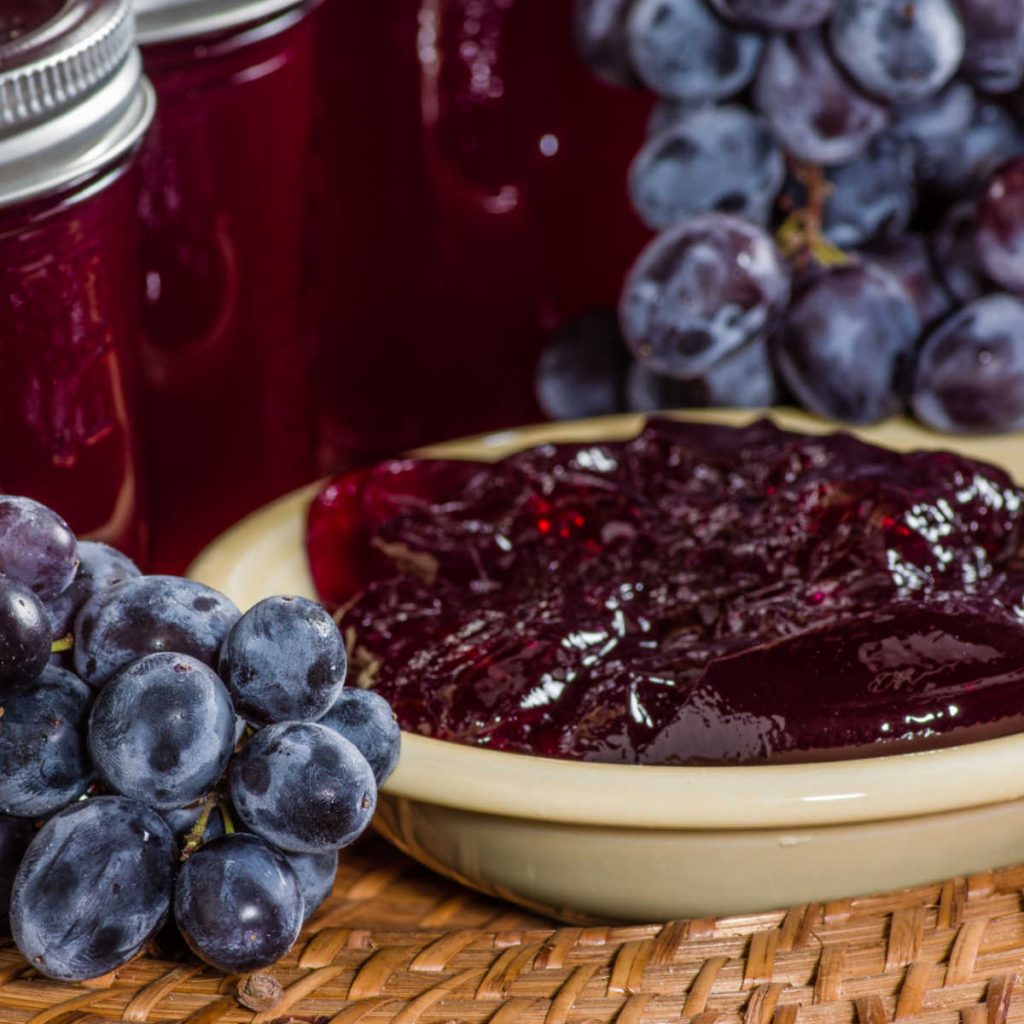
Growing your own food at home is a great way to improve the quality of food your family is getting and lower the overall cost.
If you enjoy making your own jams and jellies buying the produce at the local farmers market or grocery store can add up quickly!
The cheapest place for already picked berries in my area is $32 per flat. I cringe as this price goes up every year.
Homemade jam and jelly becomes super expensive when you are paying this price.
A great way around this is to grow your own berries to use for making jam and jelly.
Table of Contents
Best Jam & Jelly Garden Berries
Strawberries
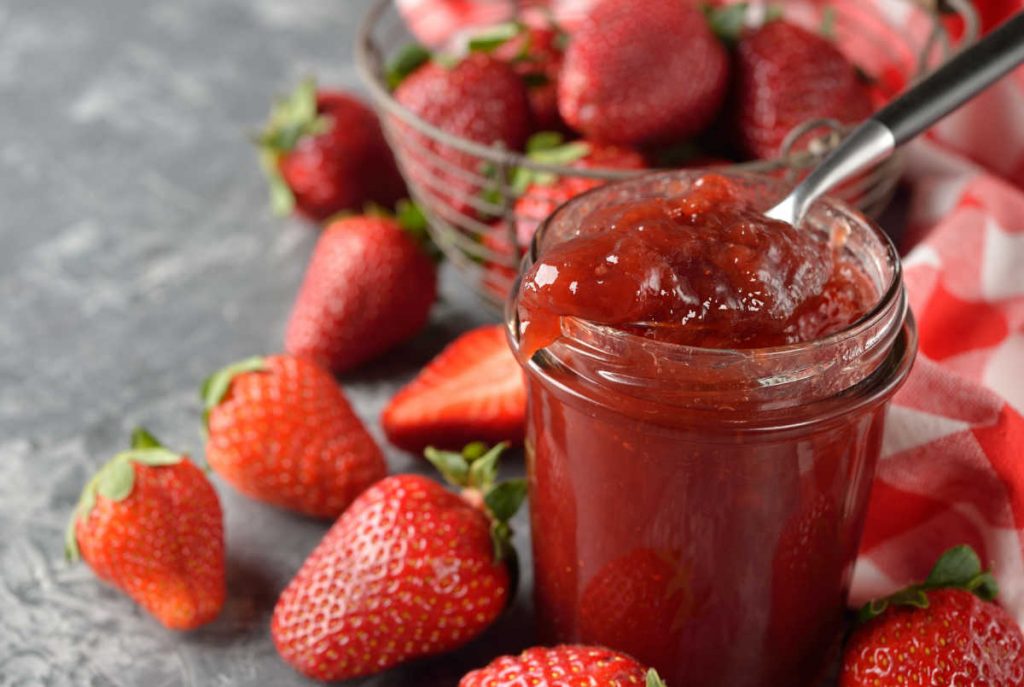
One of the most common fruits used to make jams and jellies is strawberries.
While you may find a great sale on these once or twice a year the cost of strawberries in most areas can get extremely high.
I lucked out last year and found a local u-pick place for $1.00 per pound. We are still waiting for our strawberry plants to produce enough for jam.
To grow strawberries for jams and jellies make space for a large garden bed with strong barriers to keep them from growing all over your garden.
Plant them sparingly the first year and they will fill in the gaps on their own until your garden bed is full of thriving strawberries.
Bird netting can help protect them.
RELATED: Grow an Amazing Salsa Garden
RELATED: How to Get Rid of Slugs in your Garden
Blueberry, Marionberry, Raspberry or Blackberry Jam or Jelly
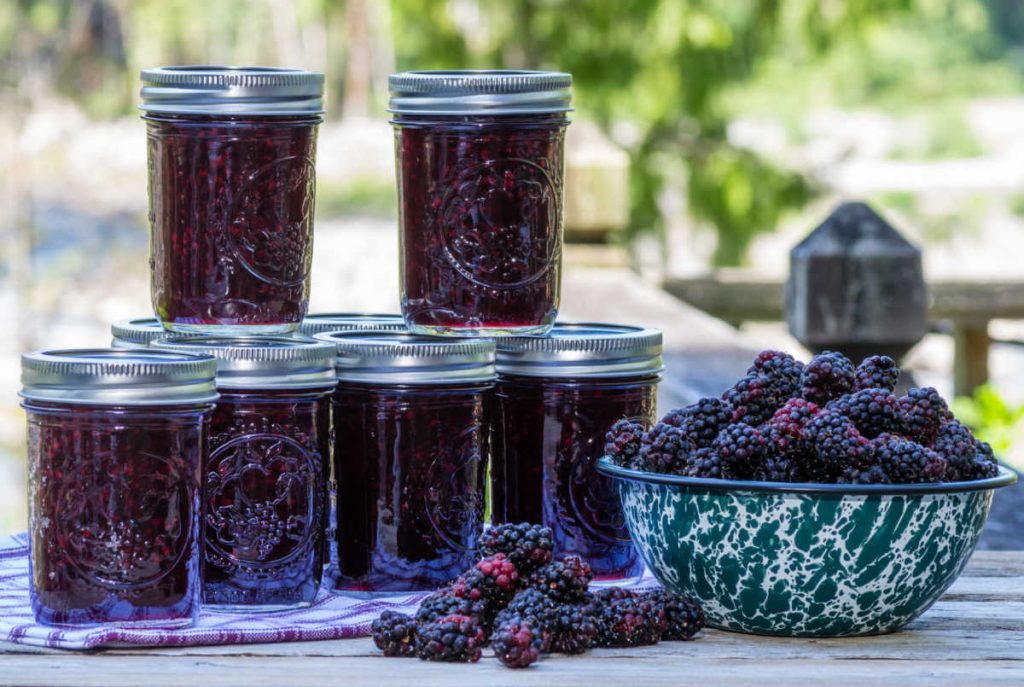
Strawberries are not your only option for berries you can grow in your garden for jams and jellies.
If you have space in your yard you can easily grow a variety of berry bushes.
While it can take a few years for your bushes to get large enough to produce enough berries for large patches of jams and jellies the wait is well worth it and it might happen quicker than you think.
Choose your favorite berries to fill in the spaces you have.
Great options include raspberries, blackberries, marionberries, and mulberries.
Need a potted option for your jam and jelly garden?
Blueberries grow really well in pots.
Apple, Peach, Pear, Orange Jelly and Jam
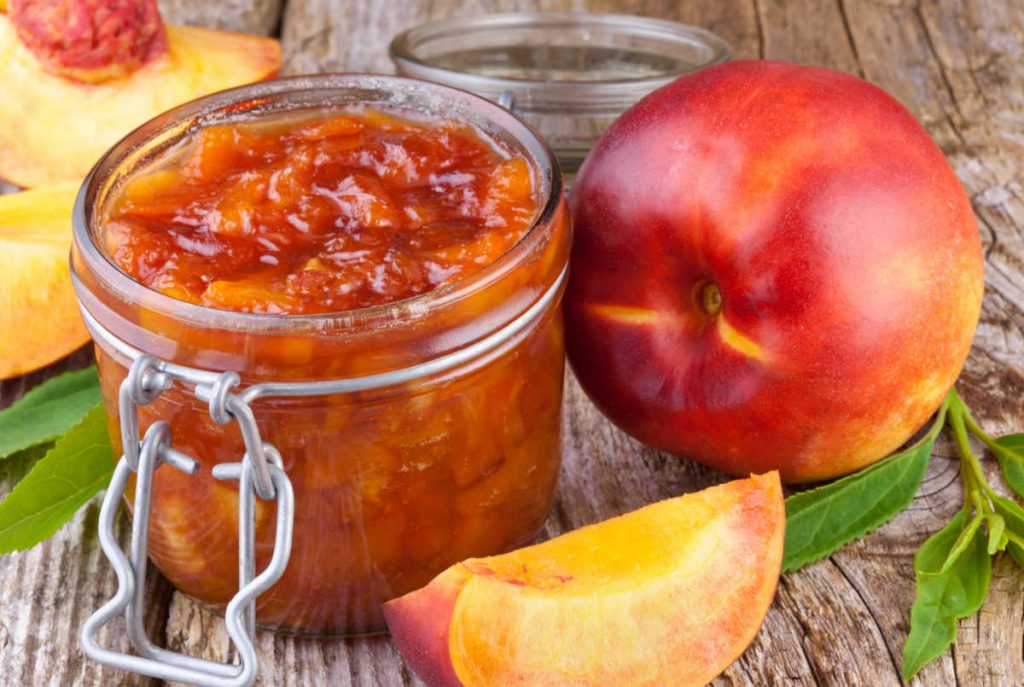
Have space to grow a tree in your garden?
Many fruits grow on trees and if you are looking to add a tree to your landscaping it is never a bad idea to put a tree that produces food rather than an ornamental tree.
You can grow cherries, apples, and pear in nearly any area.
Warmer areas can grow peaches, oranges, and lemons for your jams and jellies.
If you want potted many trees have dwarf varieties that can grow well.
Meyer lemons are great for growing in a pot and bringing indoors during the colder months.
Grape Jelly or Jam
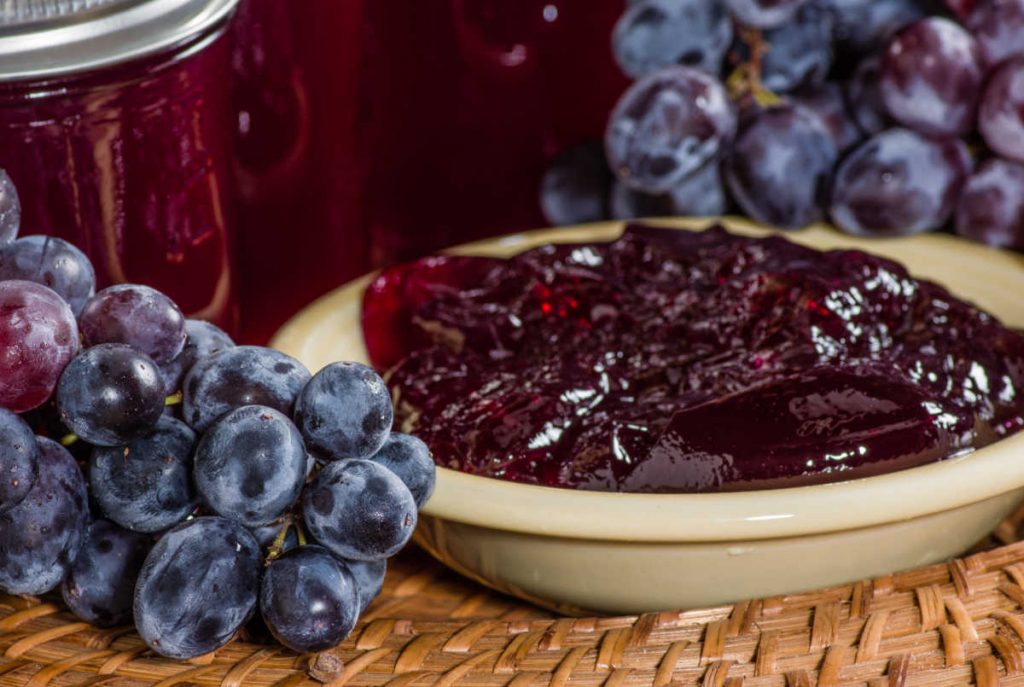
If you have space along fence lines and would like to cover the fences in edible plants you can grow your own grapes for jelly.
Grapes are relatively easy to grow with plenty of sunshine, water and yearly pruning for maintenance.
Corn Cob Jelly
Corn makes a great vegetable for feeding your family.
Plant corn to use the kernels for food then boil the cobs to make your own corn cob jelly.
This jelly is sweet and has a honey-like flavor.
Pepper Jelly
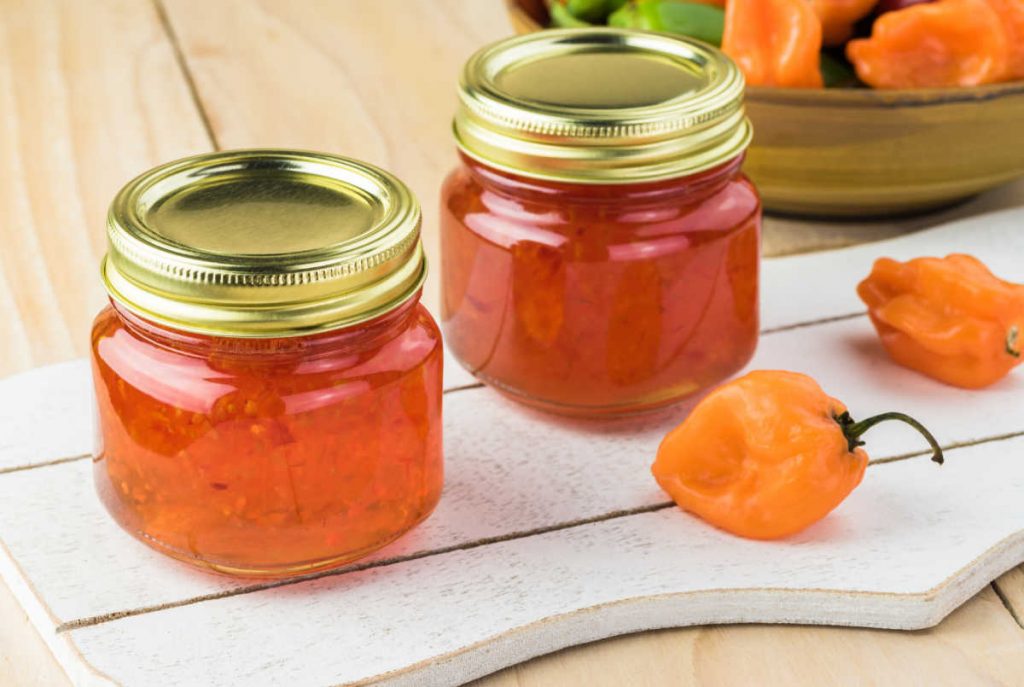
If you love to grow peppers for cooking and like a bit of spice you can grow spicy peppers and have a little fun making jelly with a bit of a kick. Jelly made from spicy peppers is often called cowboy candy and can be a lot of fun to add to your and jelly collection.
RELATED: 13 Awesome Black Perennial Flowers for a Goth Garden
RELATED: Perennial Vegetables to Plant Once and Harvest for Years
Violet, Lilac, Lavender, Honeysuckle Jelly
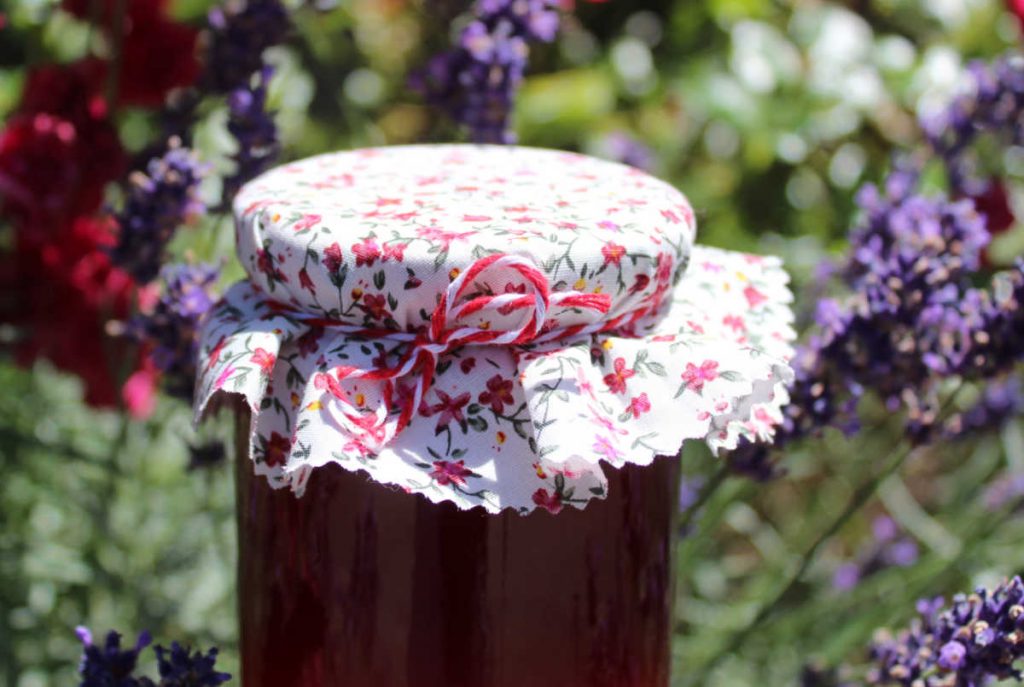
If you can really think outside the box you can grow flowers for your jelly making.
Violets, lilacs, and even dandelions can be made into jelly.
Adding edible flowers to your garden is a great way to blends edibles into your landscaping.
Even flowers that are often seen as weeds like Queen Anne’s lace, honeysuckle, and clovers can be made into a sweet jelly.
When planting your Jam and jelly garden plant things that will not all be ready for harvest at once.
This will keep you from becoming overloaded with plants to turn into jelly before they can go bad.
Spreading out the jam and jelly making a batch or two a week through the growing season will keep you from becoming overwhelmed and letting your hard work go to waste hoping it lasts until you have time to get to it.


